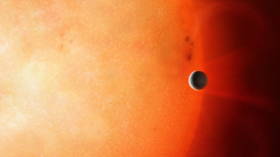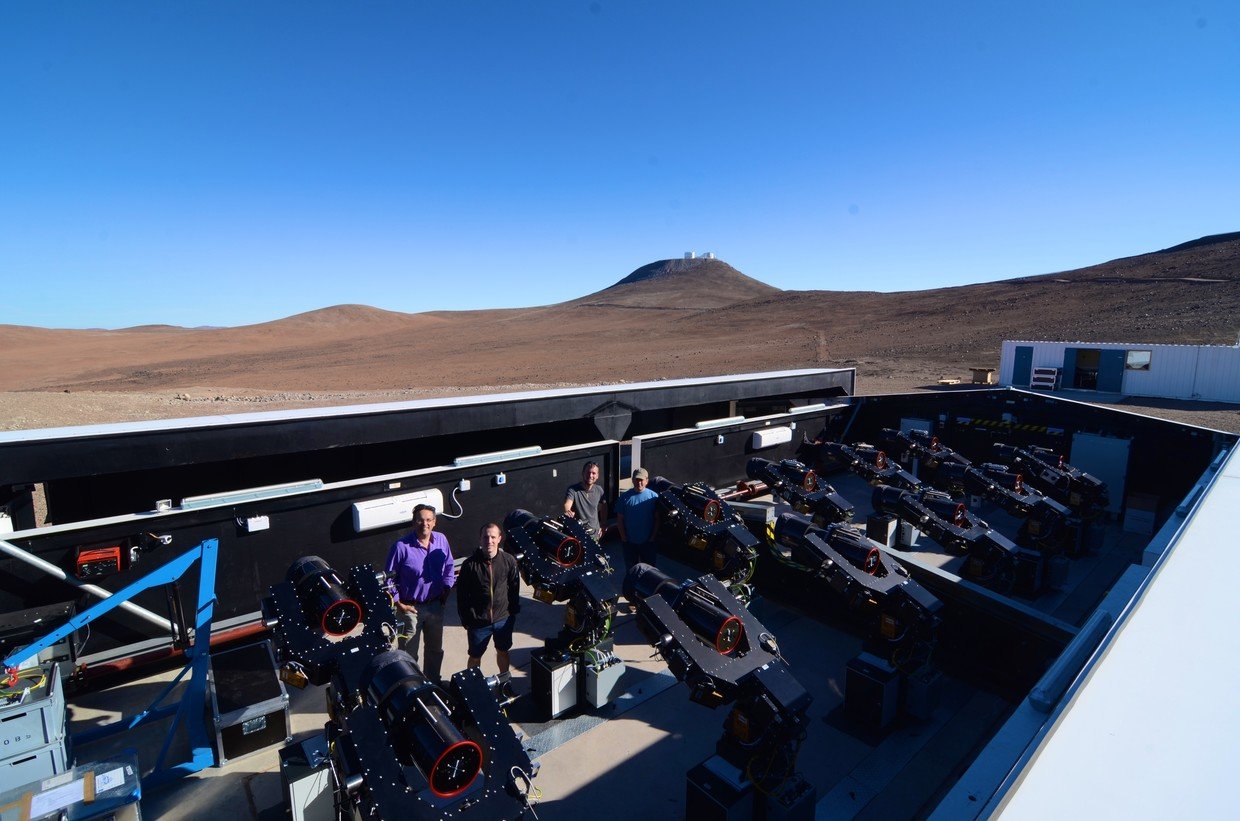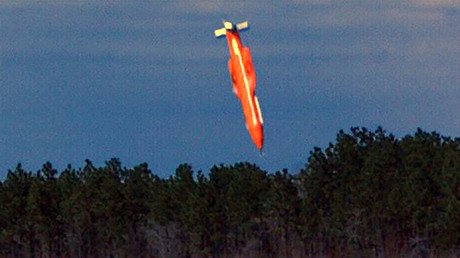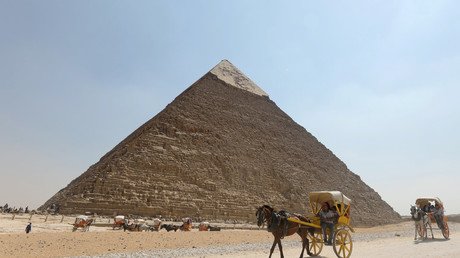‘Forbidden planet’ discovered in nightmarish Neptunian desert destroys scientific expectations

An international team of astronomers has announced the confounding discovery of a Neptune-like planet locked in an incredibly close orbit with its host star, in an area scientists previously believed to be a hellish death zone.
The planet, which is some 920 light-years away from Earth, takes just 1.34 days to orbit its star. It’s the first time a Neptune-like planet has been found so close to its star, in fact these areas around stars have been dubbed Neptunian Deserts because it was long believed that gaseous planets couldn’t survive there.
Also on rt.com Cosmic black eye? Massive punch from dwarf planet may explain why our moon is so weirdThe snappily named NGTS-4b –which researchers have dubbed the ‘forbidden planet’– has now confounded those expectations. By contrast, Neptune in our solar system takes nearly 165 years to orbit the Sun.
The rogue planet has a mass 20 times greater than Earth’s and a temperature of around 1000 degrees Celsius.

The University of Warwick researchers suspect that the “truly remarkable” planet may have moved into the Neptunian Desert in the last one million years.
“This planet must be tough - it is right in the zone where we expected Neptune-sized planets could not survive,” Dr Richard West said. “We are now scouring our data to see if we can see any more planets in the Neptune Desert - perhaps the desert is greener than was once thought.”
The research is published in Monthly Notices of the Royal Astronomical Society.
Like this story? Share it with a friend!














